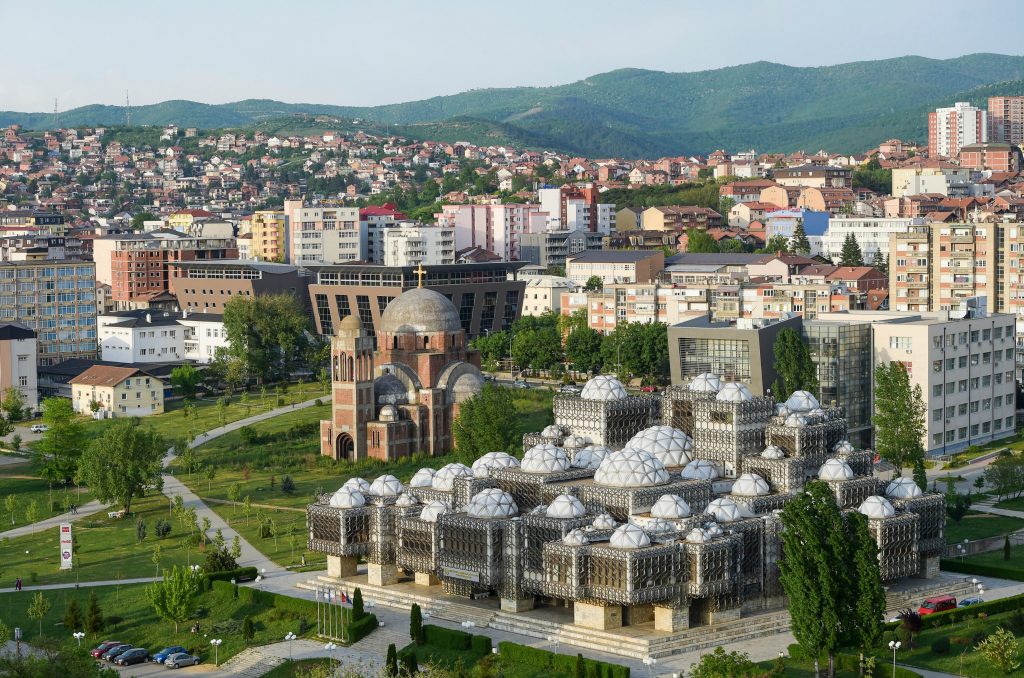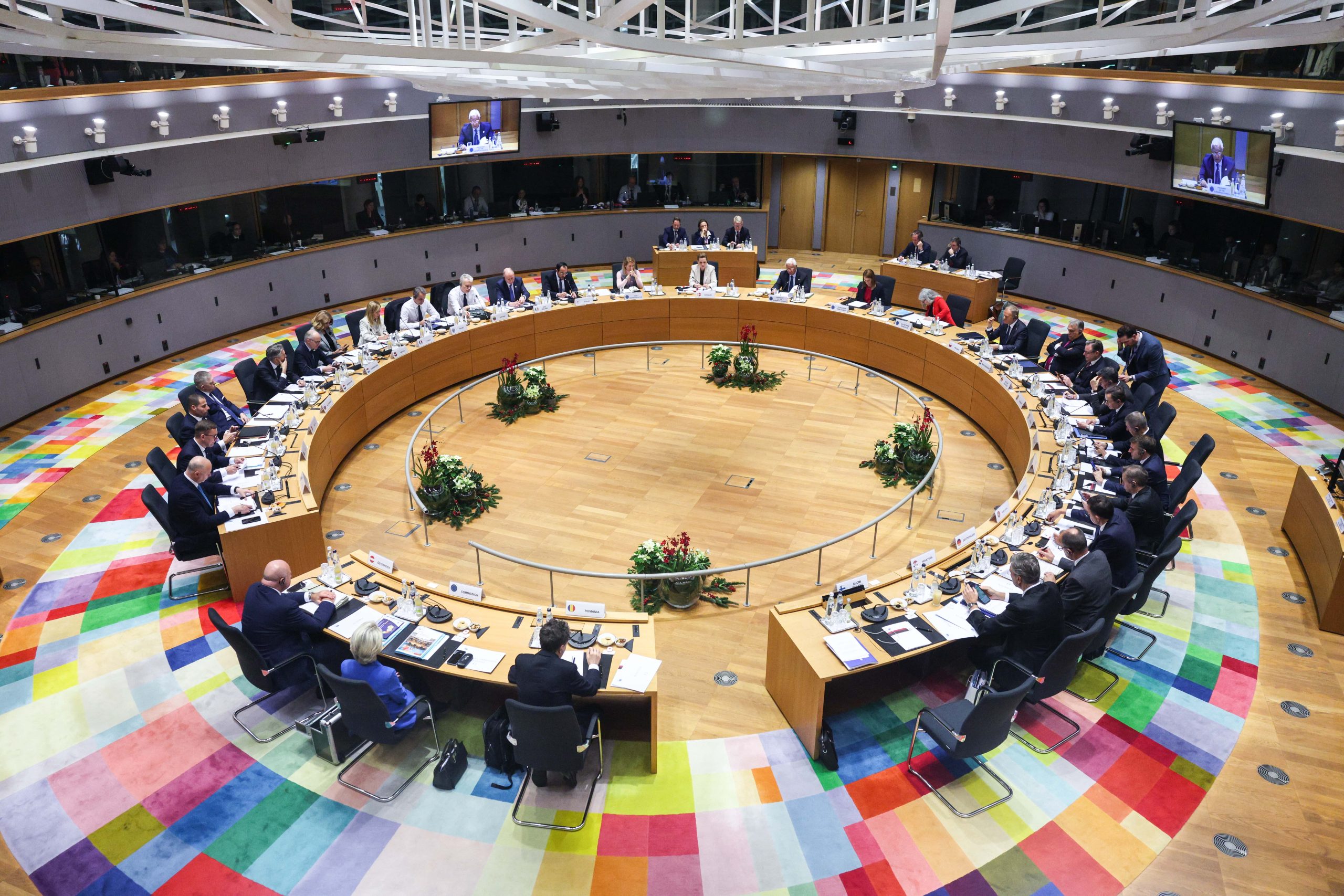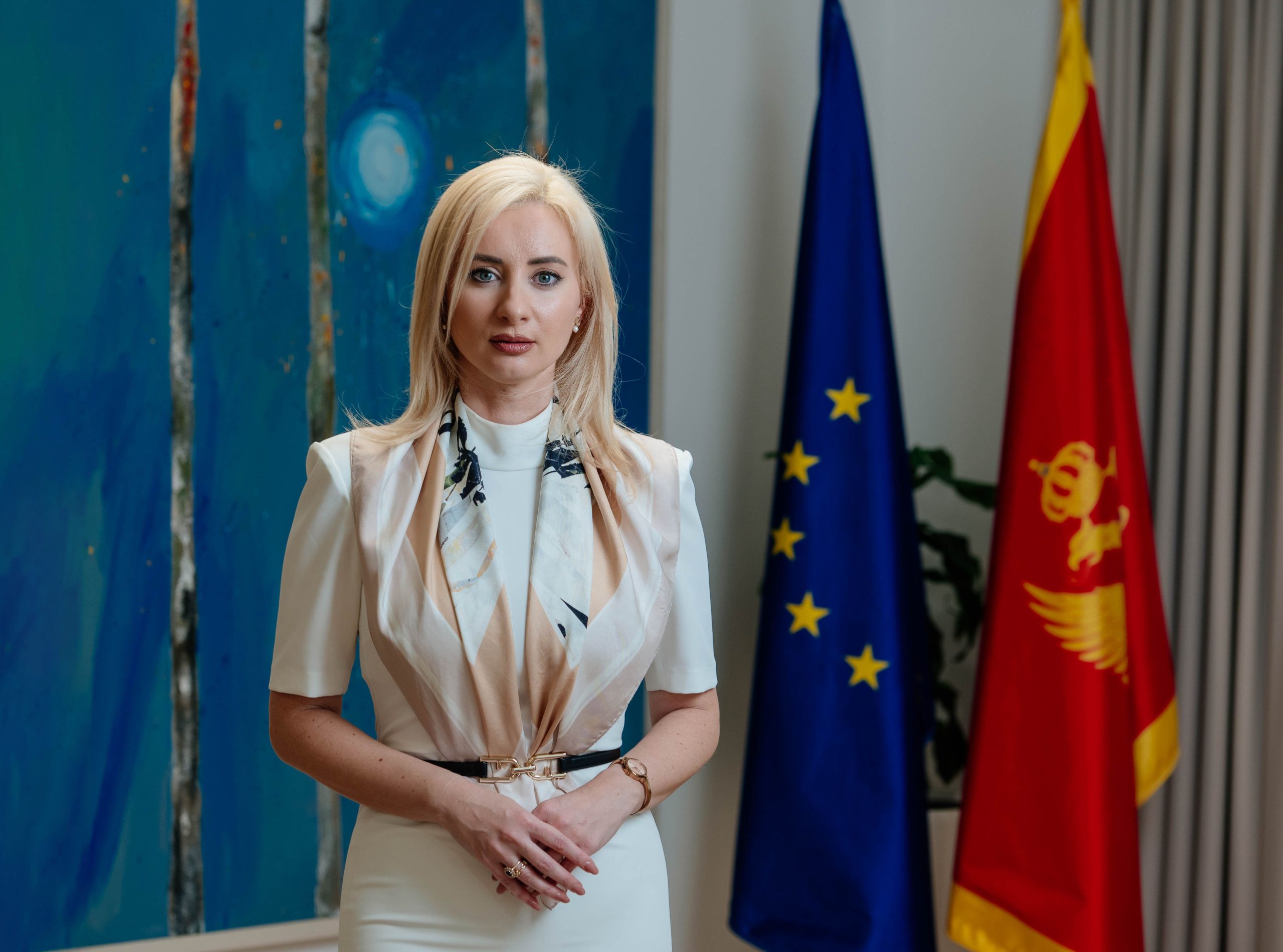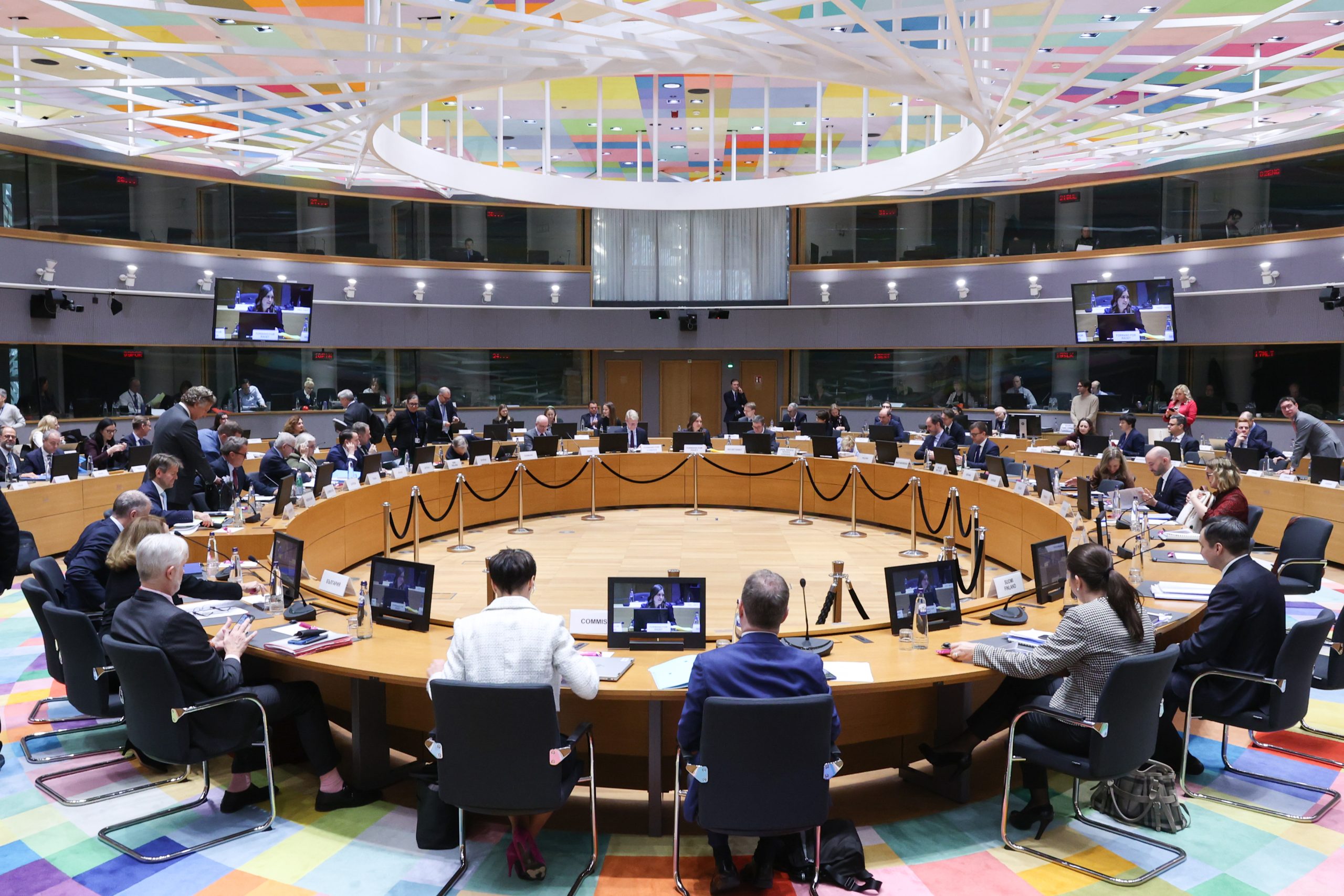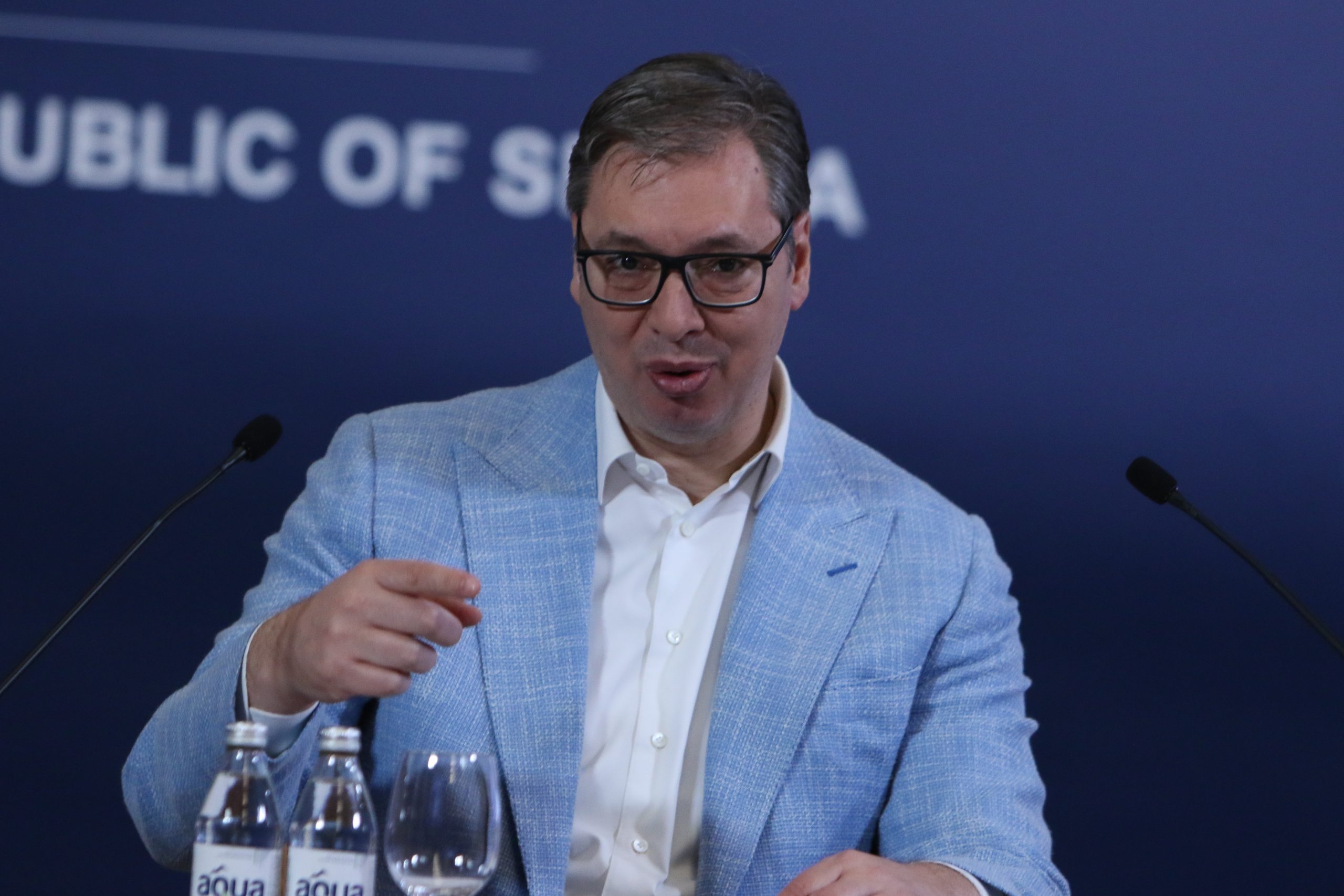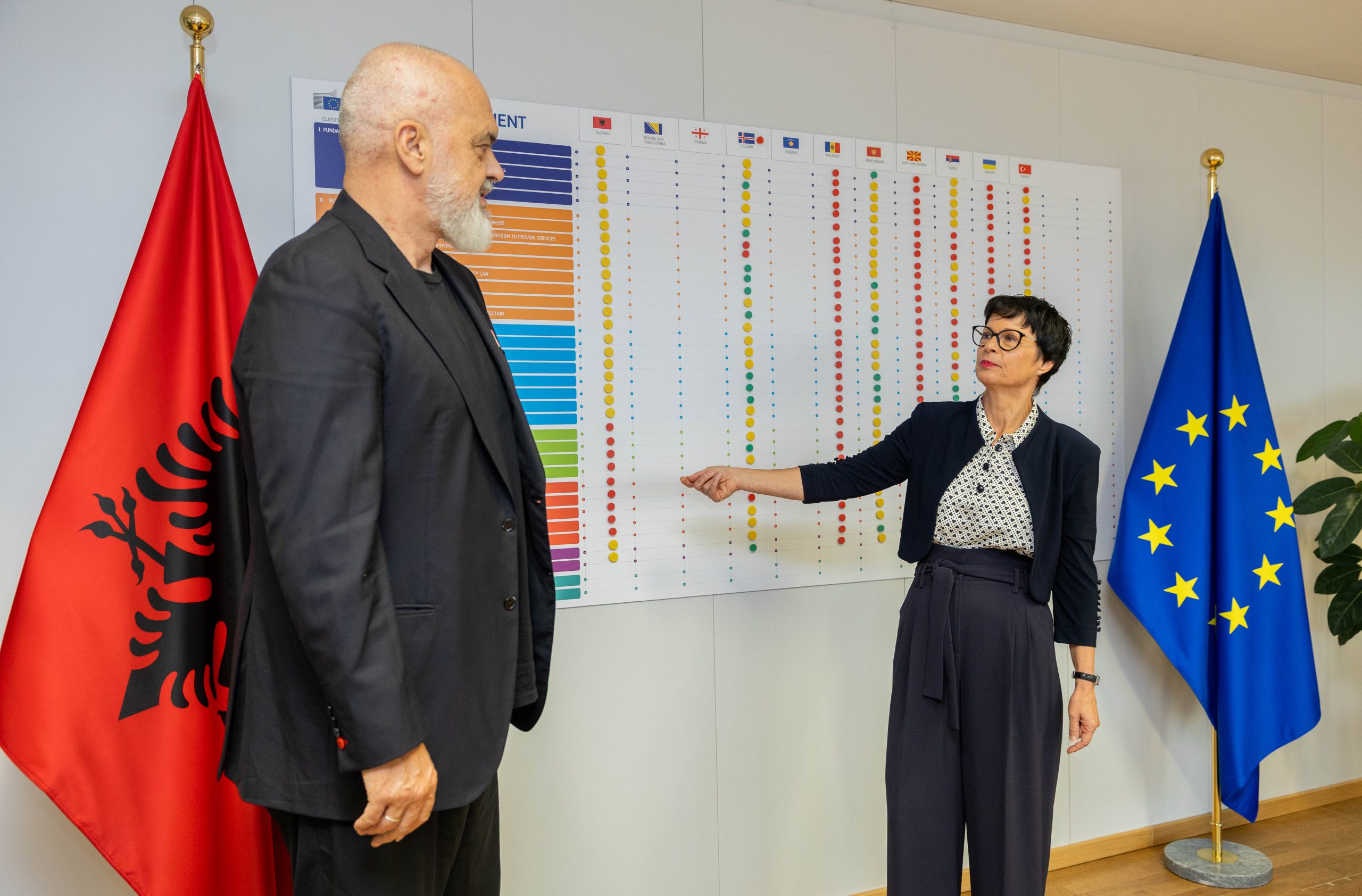This piece was originally published on BiEPAG blog
At the eleventh hour, as the deadline of the 1st of September set by the Government of Kosovo was approaching, the EU’s foreign policy chief posted the news on twitter: Josep Borrell announcing ‘we found a European solution that facilitates travel between Kosovo and Serbia’ averted tensions in the northern part of Kosovo, tensions we all feared would lead to escalation of the situation. Kosovo and Serbia agreed to ease travel restrictions. However, details of the agreement remain unknown to the public. The reciprocity imposed by the Government of Kosovo had an effective result following the decision to abolish the so-called white paper and the entry/exit documents that Serbia was issuing for the citizens of Kosovo. The white paper was being used as a form of identification, thus replacing the Kosovo issued documents not recognized by Serbia. This procedure is quite common in cases when official documents are not recognized (BiH applies the same procedure for visas issued for Kosovo citizens, Greece applied this until it fully recognized the Kosovo passport). This arrangement might sound like a milestone; however, it is unlikely that this milestone on its own will lead to the recognition of Kosovo by Serbia.
While understandably the EU needed a ‘breakthrough’, even of this insignificant scale, after such a long stalemate in the process, this announcement on Twitter hardly qualifies as an agreement. Judging by the information that is known to public through Borrell’s tweet and the announcement of both parties, this arrangement looks more like an exercise in tweaking and upgrading some elements of what was signed in 2011. This begs the question: did we enter a phase of the vicious re-cycling of agreements reached so far, in absence of any new momentum to conclude the process?
The agreement on freedom of movement is not new in the process of the EU facilitated Dialogue; it belongs to the first batch of agreements signed in 2011 reached in the framework of the so-called ‘technical dialogue’ phase which in terms of timeframe took place from 2011 – 2013. Although it was followed by serious challenges, the agreement has had a satisfactory record of implementation thus having a direct positive impact on the lives of citizens, according to the EU’s assessments. As a result of the EU’s incremental approach and ambiguity, this agreement had to be re-negotiated and new elements have been added to it in two separate rounds of negotiations, which took place in 2015 and 2016, after the parties were considered ready to add more issues which would further strengthen freedom of agreement, or parties realizing that important elements had been left out of the initial agreement.
The trajectory of the freedom of movement agreement started in 2011 when it facilitated Kosovo citizens to travel to Serbia with identity cards issued by Kosovo and vice-versa. The arrangement allowed parties to accompany the identity cards with separate written ‘entry/exit’ documents. Kosovo opted not to apply ‘entry/ exit’ documents even though the opposition had requested for it to be implemented as a form of reciprocity toward Serbia. In 2015, the parties agreed on mutual recognition of car insurance, while failing to agree on recognition of one another’s car registration plates (for Kosovo only those issued with the KS from the UNMIK pre-independence period, not the RKS issued by the Kosovo institutions post-independence), thus requiring drivers to purchase temporary car plates when entering Serbia. The same issue had been negotiated incrementally in 2016 which offered the possibility to cover the state symbols on vehicles with stickers. Again, this has not been applied from the Kosovo side. In 2021, the government change in Kosovo brought the current Prime Minister Albin Kurti to power – traditionally known for his attitude against unconditional dialogue with Serbia when he was the leader of the opposition. Additionally, a decision signed by the previous government led by Abdullah Hoti, ended the issuance of the KS car registration plates at the end of September 2021, thus immediately calling for the need to re-negotiate details once again in Brussels.
In September 2021, tensions sparked at two crossing points in northern Kosovo. A decision of the Government of Kosovo triggered reactions amongst Kosovo Serbs who quickly organized barricades closing the roads leading to the border. Amid escalations, the EU, with the support of the U.S., drafted an ‘interim agreement’ which would give parties time to find a mutually acceptable arrangement. After failing to find a solution, in July the government of Kosovo took the decision to reciprocate, triggering major reactions, due to the level of sensitivity after the Russian occupation of Ukraine. Fear of yet another crisis in the Western Balkans – the soft spot between Russia and the West, the Government of Kosovo was asked by the EU and U.S. to extend the deadline until the 1st of September.
A crisis has been averted, but this type of arrangement showcases serious challenges and issues which are not only an indicator that EU facilitation is declining in an already weak role in the process, but also that it is in reactive mode in this crisis prevention process that is driven by the fear of instability. The EU has fallen into a trap of stability operating on crisis prevention mode rather than focus on the real objectives of the Dialogue which would not only normalize relations between Kosovo and Serbia but also pave the way for both countries to join the EU. This outcome has cemented that idea. The EU has always had a vulnerable spot with regard to the stability of the region and this fragility has been significantly amplified after the Russian invasion of Ukraine. Thus, the celebration in this case was driven by the ‘success’ in preventing a potential conflict rather than making a significant step towards a sustainable solution. Lacking basic principles and a clear timeframe, the EU has been thrown from one deadline to another, re-constructing elements of old agreements, usually driven by regional parties not ready for a big breakthrough.
This agreement, which has not been published yet, raised many concerns about the transparency of this process. The idea of controlling the narrative by having the facilitator speak to the media first, then the two leaders, sounded like a good plan to prevent toxic narratives and the diametrically opposing statements that would be shared. However, not having the agreed text published allows some to question the existence of this document. As a result of Brussels’ ambiguity, the process has degraded to the level of verbal agreement and tweets, raising concerns as to whether the EU can steer this process effectively and how sustainable this process will be in the future.
In conclusion, the EU would do well to reflect on the ineffectiveness of the incremental approach. Clearly, it has not been effective in bringing parties closer and creating enough momentum for the finalization of the process. Dealing only with agreements of the past is not incremental, it is decremental, and will trap the EU into a vicious cycle of negotiations without epilogue.
The next deadline is the 31st of October when elements of freedom of movement will be negotiated again. However, this time it will be about car registration plates, whilst an energy agreement will be urgent too, following the expectation for energy crises across Europe. While these situations might provide another opportunity for the EU to herald a triumph and continue to give the impression that the process is moving forward, the question is: are we falling into a trap consisting only of conflict prevention, ambiguity, and failed incrementalism?
